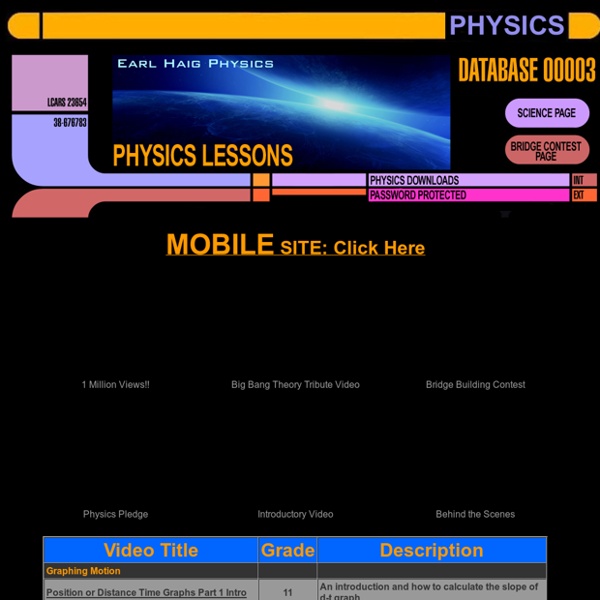



Human Sense Organs - The Five Senses Aristotle (384 BC - 322 BC) is credited with the traditional classification of the five sense organs: sight, smell, taste, touch, and hearing. As far back as the 1760's, the famous philosopher Immanuel Kant proposed that our knowledge of the outside world depends on our modes of perception. In order to define what is "extrasensory" we need to define what is "sensory". Each of the 5 senses consists of organs with specialized cellular structures that have receptors for specific stimuli. Sight. The eye is the organ of vision. The brain combines the input of our two eyes into a single three-dimensional image. The range of perception of the eye is phenomenal. Color blindness or "Daltonism" is a common abnormality in human vision that makes it impossible to differentiate colors accurately. Hearing. The ear is the organ of hearing. The human ear can perceive frequencies from 16 cycles per second, which is a very deep bass, to 28,000 cycles per second, which is a very high pitch. Taste. Smell.
Perception puzzles, Visual Perception, Optical illusions and Paradoxes This page illustrates that our visual perception cannot always be trusted. The components of an object can distort the perception of the complete object. Our mind is the final arbiter of truth. Most optical illusions are the result of 1) incongruent design elements at opposite ends of parallel lines, 2) influence of background patterns on the overall design, 3) adjustment of our perception at the boundaries of areas of high contrast, 4) afterimages resulting from eye movements or from kinetic displays, or 5) inability to interpret the spatial structure of an object from the context provided by the picture. The Parthenon Optical illusions have been studied for millenia. Perpetually ascending staircase. The red squares are the same color in the upper part and in the lower part of the "X" The diagonal lines are parallel. There are no gray spots at the corners of the squares. Stairway between corners of a flat square. The rows of black and white squares are all parallel. Impossible triangle.
Infectious diseases: timeline There are a number of interactive features in this e-source: A glossary of terms: any word with a glossary entry is highlighted like this. Clicking on the <acronym title='Glossary Item'>highlighted</acronym> word will open a new window with a definition of the word.Quick questions: at the end of a page/section, there is a set of quick questions to test your understanding of the scientific ideas.Animations: most of the animations can be expanded to full screen size, ideal for showing on an interactive whiteboard. The animations will play all the way through or can be viewed one section at a time.Downloads: Teachers can download individual diagrams, animations and other content from the Resource Library area of the website. If you are printing from an Internet Explorer (IE) browser, please go to 'print preview' and adjust the preferred print zoom level to 85% .